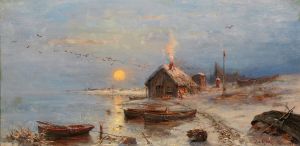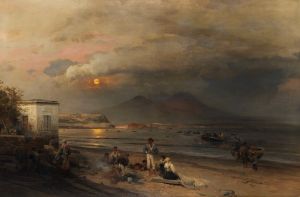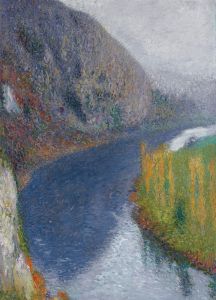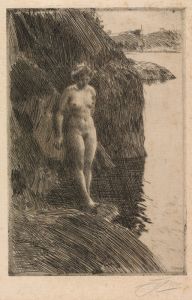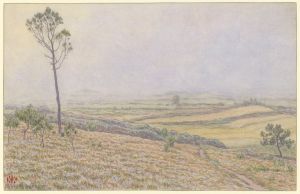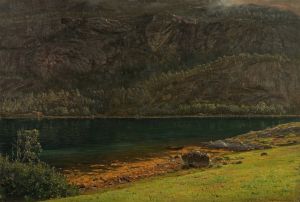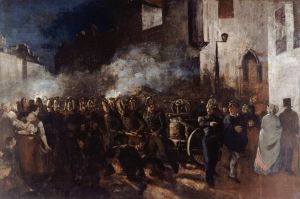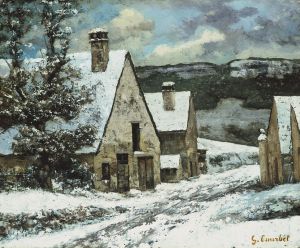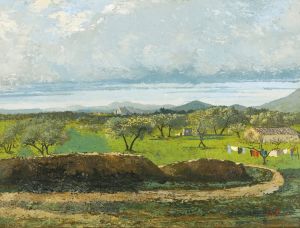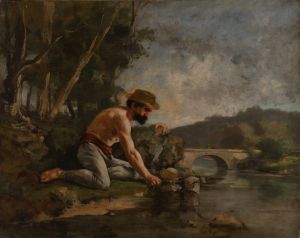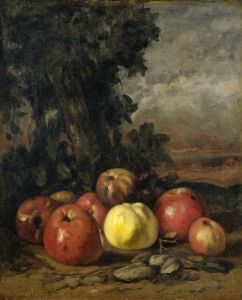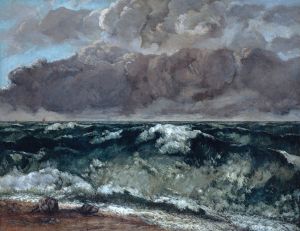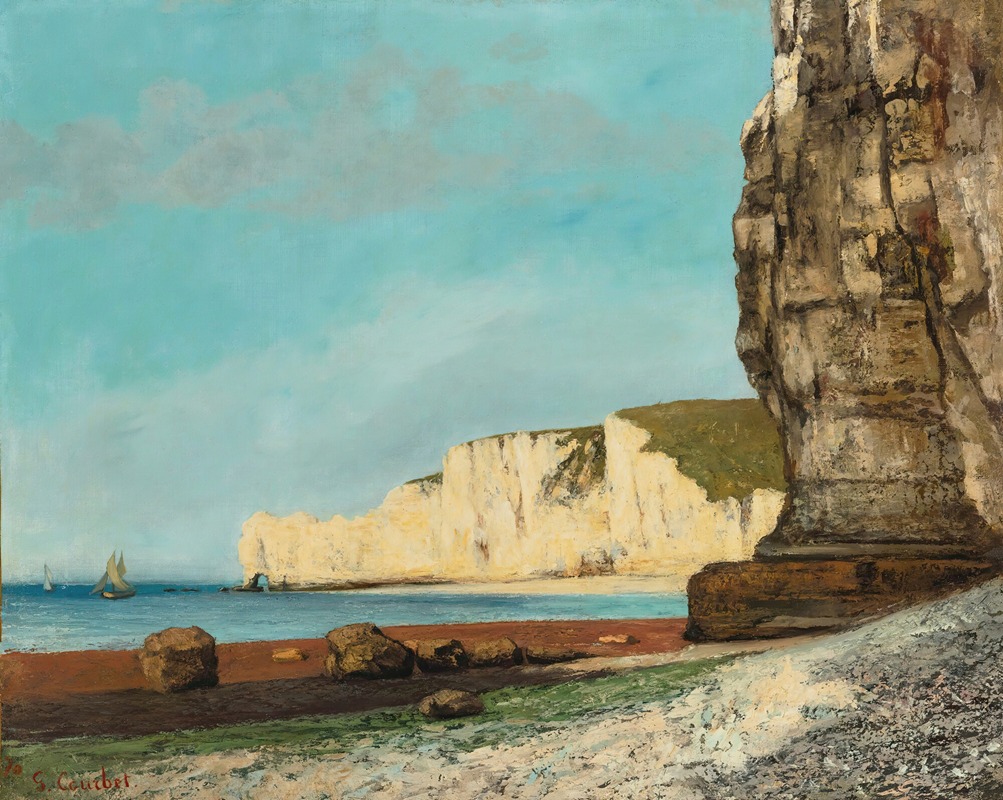
Étretat; Les Falaises
A hand-painted replica of Gustave Courbet’s masterpiece Étretat; Les Falaises, meticulously crafted by professional artists to capture the true essence of the original. Each piece is created with museum-quality canvas and rare mineral pigments, carefully painted by experienced artists with delicate brushstrokes and rich, layered colors to perfectly recreate the texture of the original artwork. Unlike machine-printed reproductions, this hand-painted version brings the painting to life, infused with the artist’s emotions and skill in every stroke. Whether for personal collection or home decoration, it instantly elevates the artistic atmosphere of any space.
Étretat; Les Falaises is a painting by the renowned French artist Gustave Courbet, created in 1869. Courbet, a leading figure in the Realist movement, is celebrated for his commitment to depicting everyday life and nature with unembellished accuracy. This particular work exemplifies his dedication to capturing the natural world in its raw and unidealized form.
The painting depicts the dramatic cliffs of Étretat, a small coastal town in the Normandy region of France. Étretat is famous for its striking natural rock formations, including arches and needle-like structures that jut out into the sea. These geological features have long attracted artists, writers, and tourists, drawn by their unique beauty and the challenge they present to capture on canvas.
Courbet visited Étretat in the late 1860s, a period when he was increasingly drawn to seascapes and the rugged beauty of the French coastline. His interest in such subjects was part of a broader trend among artists of the time, who were inspired by the natural world and sought to depict it with a new level of realism and immediacy. Courbet's approach was characterized by a focus on the textures and forms of the landscape, as well as the interplay of light and shadow.
In Étretat; Les Falaises, Courbet employs a palette dominated by earthy tones and muted colors, which serve to emphasize the solidity and permanence of the cliffs. The composition is carefully balanced, with the cliffs occupying a significant portion of the canvas, drawing the viewer's eye to their imposing presence. The sea, rendered in shades of blue and green, provides a dynamic contrast to the static mass of the cliffs, suggesting movement and the passage of time.
Courbet's technique in this painting is notable for its use of thick, textured brushstrokes, which add a tactile quality to the depiction of the cliffs. This method not only enhances the realism of the scene but also reflects Courbet's belief in the physicality of painting as a medium. He often applied paint with a palette knife, a technique that allowed him to build up layers of color and create a sense of depth and dimensionality.
Étretat; Les Falaises is part of a series of works Courbet produced during his visits to the Normandy coast. These paintings are considered significant contributions to the genre of landscape painting, showcasing Courbet's ability to capture the essence of a place with both fidelity and artistic sensitivity. His work in this area also influenced later artists, including the Impressionists, who admired his commitment to painting en plein air and his focus on natural light and atmosphere.
Today, Étretat; Les Falaises is recognized as an important example of Courbet's landscape oeuvre and a testament to his skill in rendering the natural world. The painting is housed in a public collection, where it continues to be appreciated by art historians and the general public alike for its beauty and technical mastery. Through works like this, Courbet has left a lasting legacy, inspiring generations of artists to explore the relationship between art and nature.






